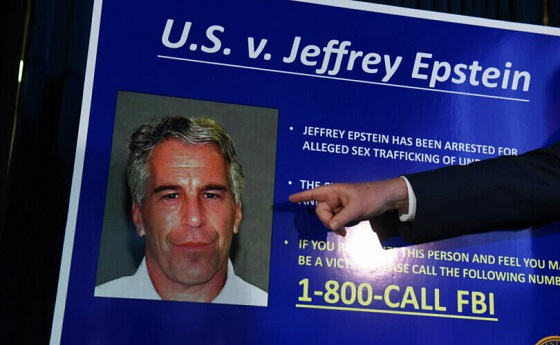Alberta
Alberta’s Covid-19 Report clearly shows the way

From the Frontier Centre for Public Policy
By Lee Harding
The Manning Commission showed that Alberta actually had a very bad process for making critical decisions. Specifically, a court case showed that the PHO checked in with cabinet decisions, but the cabinet denied that the decisions were up to them. This was not even legal
Alberta’s Public Health Emergencies Governance Review Panel has made 90 sound recommendations which that, frankly, all provinces should enact.
The panel chaired by Preston Manning examined whether the province needed better structures and legislation to handle public emergencies. Of course, Alberta needed stronger legislation to handle the COVID_19 pandemic.
The report’s strongest conclusion is that the premier, cabinet, and key ministers “have the ultimate authority and responsibility…[t]o make decisions on the emergency response measures adopted, accounting for key values, priorities and tradeoffs.”
The previous provincial Emergency Management Act left decisions with the provincial health officer (PHO). The Manning Commission showed that Alberta actually had a very bad process for making critical decisions. Specifically, a court case showed that the PHO checked in with cabinet decisions, but the cabinet denied that the decisions were up to them. This was not even legal, as the law said the PHO had final authority in emergency situations
Some critics warned that putting emergency management decisions in the hands of elected officials could leave them swayed by politics. This is a very weak argument because the same could be legitimately said for everything an elected government does.
The government responses to the pandemic led to an eight per cent contraction in the Alberta economy. This $24 billion burden had its own economic and health consequences. Unfortunately, a myopic focus on the virus by the health bureaucrats disregarded the serious toll that isolation, addiction, and suicide had on citizens.
An unfortunate dogma emerged during the COVID-19 pandemic, that social distancing, lockdowns, and rushed vaccines all deserved to be fully supported, while, at the same time, certain inexpensive generic drugs should not be used. At this time, a considerable amount of research shows that there is a defensible contrary perspective, which is a point that the Alberta report’s sharpest critics don’t seem to acknowledge.
In fact, the report wisely advises “‘[t]hat a clear and conscious decision be made by elected officials as to the scope of the scientific advice to be sought and that this decision not be left entirely to the subject-matter agency or department, given that it may have a narrower perspective than that actually required.”
To this end, “whatever scientific advisory committees, advisors and contractors are assembled to support the response be broadly based, multidisciplinary in nature, and appropriately balanced from both inside and outside government.”
The recommendation to consult widely and not to become “stuck” in political paradigms that may not work seems irrefutably sensible. Unfortunately, an openness to “alternative perspectives” has been unduly bashed.
The report emphasized that the education of school children must continue despite an emergency. Most countries avoided the long months of school closures common to Alberta and, indeed, common to other provinces. The report warns that the “compromised learning and reduced socialization…will be felt well into the future by both Alberta and Canada, across all dimensions of society, economy and country.”
Correctly the report recommends that n the future schools must remain open “except under the most exceptional circumstances,” The authors said Alberta law should enshrine not just a right that children have to education, but the province has a duty to offer it, with stiff penalties for the dereliction of such duties. The report argues that in-person learning is preferred to online learning, but improved access to technology for on-line learning was also advised.
The panel also called for helping students who fell by the wayside during school closures so that they can “make up for learning loss.” As well, the panel also called for a system-wide “intensification of punctuality, behavioural and academic performance standards.”
The panel also called for changes to the Employment Standards Code to “disallow permanent dismissals of non-compliant employees during a temporary public emergency.” Those fired for not taking the vaccine can only welcome this recommendation. The report also says that the Health Professions Act needs its “standard of practice” amended to include “recognition and protection of the rights of members to freedom of expression.” Basic measures to bolster health care will only come about when experts can freely express and defend their concerns in open debates.
The panel also recommended that the Alberta Bill of Rights be revised and strengthened. Guarantees of personal and professional freedom and “protection against discrimination on the basis of opinion, disability and medical status or history” were among the most important revisions that were suggested.
Obviously, the COVID-19 pandemic has been a painful memory for both policy makers and citizens, but the thoughtful analysis offered by the Manning panel is necessary so that Alberta is ready for the next crisis. Hopefully, all provincial governments, and indeed the federal government, will look carefully at the Alberta report and they will prepare accordingly. The next crisis, whatever it may be, could unfortunately be soon be upon us.
Lee Harding is Research Fellow for the Frontier Centre for Public Policy.
Alberta
Cross-Canada NGL corridor will stretch from B.C. to Ontario
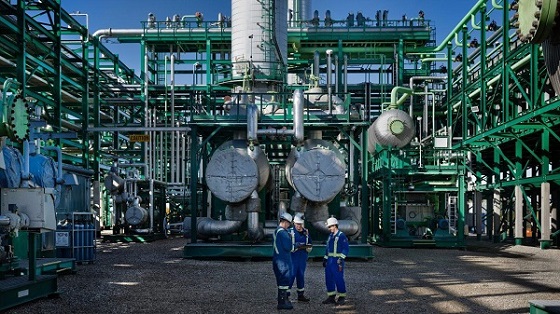
Keyera Corp.’s natural gas liquids facilities in Fort Saskatchewan. Photo courtesy Keyera Corp.
From the Canadian Energy Centre
By Will Gibson
Keyera ‘Canadianizes’ natural gas liquids with $5.15 billion acquisition
Sarnia, Ont., which sits on the southern tip of Lake Huron and peers across the St. Clair River to Michigan, is a crucial energy hub for much of the eastern half of Canada and parts of the United States.
With more than 60 industrial facilities including refineries and chemical plants that produce everything from petroleum, resins, synthetic rubber, plastics, lubricants, paint, cosmetics and food additives in the southwestern Ontario city, Mayor Mike Bradley admits the ongoing dialogue about tariffs with Canada’s southern neighbour hits close to home.
So Bradley welcomed the announcement that Calgary-based Keyera Corp. will acquire the majority of Plains American Pipelines LLP’s Canadian natural gas liquids (NGL) business, creating a cross-Canada NGL corridor that includes a storage hub in Sarnia.
“As a border city, we’ve been on the frontline of the tariff wars, so we support anything that helps enhance Canadian sovereignty and jobs,” says the long-time mayor, who was first elected in 1988.
The assets in Sarnia are a key piece of the $5.15 billion transaction, which will connect natural gas liquids from the growing Montney and Duvernay plays in B.C. and Alberta to markets in central Canada and the eastern U.S. seaboard.
NGLs are hydrocarbons found within natural gas streams including ethane, propane and pentanes. They are important energy sources and used to produce a wide range of everyday items, from plastics and clothing to fuels.
Keyera CEO Dean Setoguchi cast the proposed acquisition as an act of repatriation.
“This transaction brings key NGL infrastructure under Canadian ownership, enhancing domestic energy capabilities and reinforcing Canada’s economic resilience by keeping value and decision-making closer to home,” Setoguchi told analysts in a June 17 call.
“Plains’ portfolio forms a fully integrated cross Canada NGL system connecting Western Canada supply to key demand centres across the Prairie provinces, Ontario and eastern U.S.,” he said.
“The system includes strategic hubs like Empress, Fort Saskatchewan and Sarnia – which provide a reliable source of Canadian NGL supply to extensive fractionation, storage, pipeline and logistics infrastructure.”
Martin King, RBN Energy’s managing director of North America Energy Market Analysis, sees Keyera’s ability to “Canadianize” its NGL infrastructure as improving the company’s growth prospects.
“It allows them to tap into the Duvernay and Montney, which are the fastest growing NGL plays in North America and gives them some key assets throughout the country,” said the Calgary-based analyst.
“The crown assets are probably the straddle plants in Empress, which help strip out the butane, ethane and other liquids for condensate. It also positions them well to serve the eastern half of the country.”
And that’s something welcomed in Sarnia.
“Having a Canadian source for natural gas would be our preference so we see Keyera’s acquisition as strengthening our region as an energy hub,” Bradley said.
“We are optimistic this will be good for our region in the long run.”
The acquisition is expected to close in the first quarter of 2026, pending regulatory approvals.
Meanwhile, the governments of Ontario and Alberta are joining forces to strengthen the economies of both regions, and the country, by advancing major infrastructure projects including pipelines, ports and rail.
A joint feasibility study is expected this year on how to move major private sector-led investments forward.
Alberta
Alberta school boards required to meet new standards for school library materials with regard to sexual content
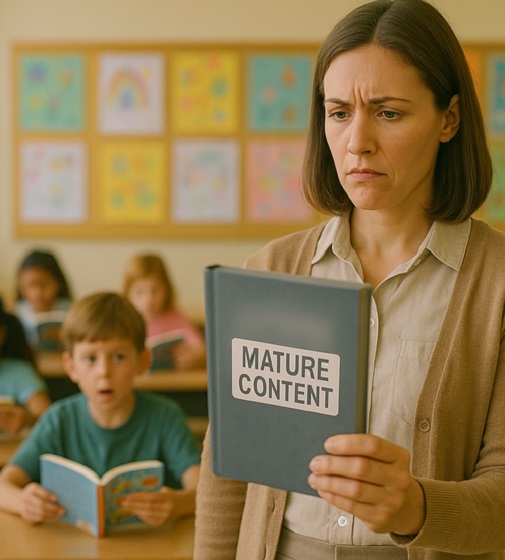
Alberta’s government has introduced new standards to ensure school library materials are age-appropriate.
School libraries should be safe and supportive places where students can learn and explore without being exposed to inappropriate sexual content. However, in the absence of a consistent standard for selecting age-appropriate library materials, school boards have taken different approaches, leading to concerns about safeguards in place.
In response to these concerns, and informed by feedback from education partners and the public, Alberta’s government has created standards to provide school boards with clear direction on the selection, availability and access to school library materials, such as books.
“Our actions to ensure that materials in school libraries don’t expose children to sexual content were never about banning books. These new standards are to ensure that school boards have clear guidance to ensure age-appropriate access to school library materials, while reflecting the values and priorities of Albertans.”
The new standards set clear expectations for school library materials with regard to sexual content and require school boards to implement policies to support these standards.
Standards for school library materials
Under the new standards, school libraries are not permitted to include library materials containing explicit sexual content. Non-explicit sexual content may be accessible to students in Grade 10 and above, provided it is age-appropriate.
“Protecting kids from explicit content is common sense. LGBTQ youth, like all children, deserve to see themselves in stories that are age-appropriate, supportive and affirming – not in material that sexualizes or confuses them.”
School boards must also regularly review their school library collections, publish a full list of available materials and ensure that a staff member supervises students’ access to school library materials. School boards will have to remove any materials with explicit sexual content from their school libraries by October 1.
School board policies and procedures
All school boards must have publicly available policies that align with the new standards for selecting and managing library materials by January 1, 2026. School boards can either create new policies or update existing ones to meet these requirements.
These policies must outline how school library materials are selected and reviewed, how staff supervise students’ access throughout the school day, and how a student, parent, school board employee or other member of the school community can request a review or removal of materials in the school library. School boards are also required to clearly communicate these policies to employees, students and parents before January 2026.
“A robust, grade- and age-appropriate library catalogue is vital for student success. We welcome the ministry’s initiative to establish consistent standards and appreciate the ongoing consultation to help craft a plan that will serve our families and communities well.”
“Red Deer Public Schools welcomes the new provincial standards for school library materials. Our division is committed to maintaining welcoming, respectful learning spaces where students can grow and thrive. Under the new standards for school libraries, we remain dedicated to providing learning resources that reflect our values and support student success.”
Quick facts
- The new standards will apply to public, separate, francophone, charter and independent schools.
- The ministerial order does not apply to municipal libraries located within schools or materials selected for use by teachers as learning and teaching resources.
- From May 26 to June 6, almost 80,000 people completed an online survey to provide feedback on the creation of consistent standards to ensure the age-appropriateness of materials available to students in school libraries.
Related information
- Ministerial Order
- School library standards engagement
- Reference Materials: Content warning: this document contains graphic content that may be disturbing to viewers and is not appropriate for young viewers. Viewer discretion is advised.
-

 COVID-199 hours ago
COVID-199 hours agoFDA requires new warning on mRNA COVID shots due to heart damage in young men
-
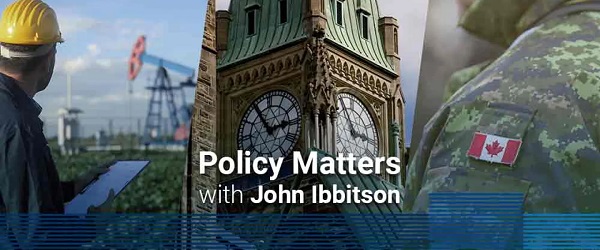
 Business7 hours ago
Business7 hours agoCarney’s new agenda faces old Canadian problems
-
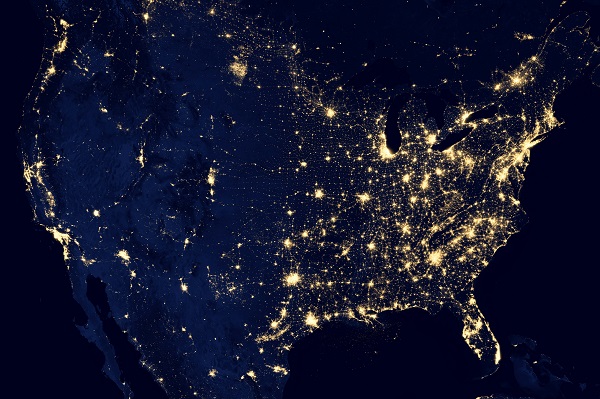
 Daily Caller4 hours ago
Daily Caller4 hours agoBlackouts Coming If America Continues With Biden-Era Green Frenzy, Trump Admin Warns
-
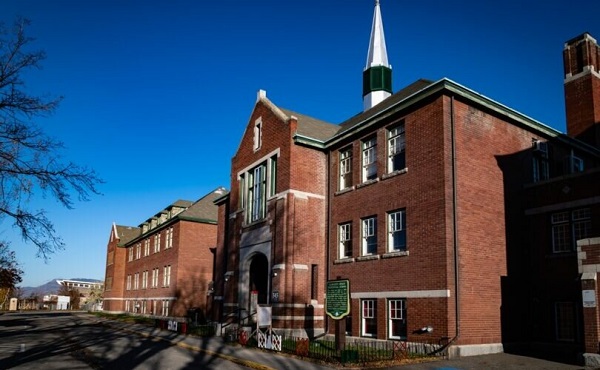
 Indigenous8 hours ago
Indigenous8 hours agoInternal emails show Canadian gov’t doubted ‘mass graves’ narrative but went along with it
-

 Bruce Dowbiggin10 hours ago
Bruce Dowbiggin10 hours agoEau Canada! Join Us In An Inclusive New National Anthem
-

 Alberta2 days ago
Alberta2 days agoFourteen regional advisory councils will shape health care planning and delivery in Alberta
-

 Alberta2 days ago
Alberta2 days agoAlberta school boards required to meet new standards for school library materials with regard to sexual content
-
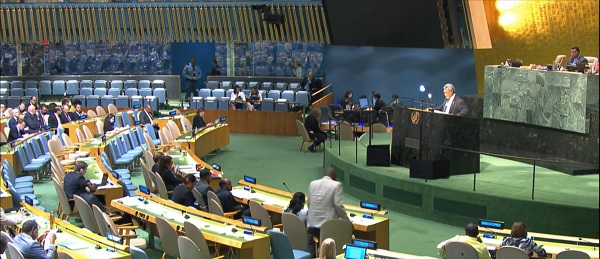
 Business2 days ago
Business2 days agoUN’s ‘Plastics Treaty’ Sports A Junk Science Wrapper



